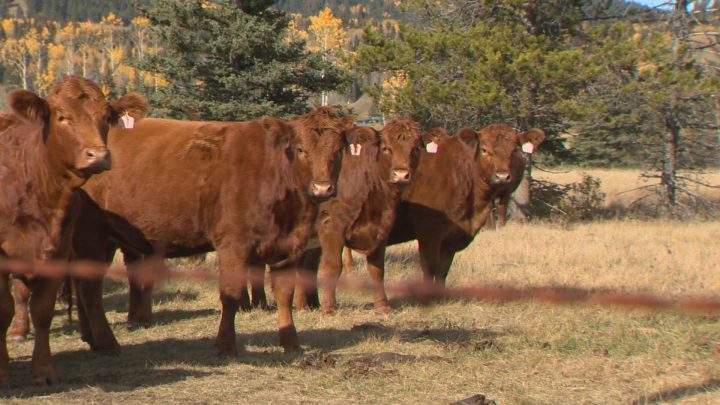Researchers say they are developing a test for bovine tuberculosis they hope could someday spare ranchers and governments from costly quarantines and mass slaughters of cattle.

Scientists at the Los Alamos National Laboratory in New Mexico say they have made a breakthrough that could lead to a quick blood test for the infectious disease.
Harshini Mukundan, leader of the lab’s biomedical applications team, said they came up with the idea after speaking with local ranchers.
“It is kind of incredible that when one cow is potentially infected the whole herd may have to be culled,” she said.
“If you could have a process that you could run on all of the animals and say, ‘yes, this one has been infected’ and ‘no, this has not,’ then obviously a lot of that time and economic burden could be reduced.”
Mukundan said the research involves adapting a test used to detect TB in people so that it can work on cattle and other animals.
The study was published this month in the journal Analytical Sciences.

Get breaking National news
Mukundan said they want to build on lab results by working with the U.S. Department of Agriculture to evaluate the test on animals in the field.
The main way investigators now look for bovine tuberculosis hasn’t changed much in years and involves a skin reaction test that can take a long time while the results can be hard to detect.
The new research comes as 44 ranches remain quarantined in Alberta and Saskatchewan after six animals tested positive for TB last fall.
The Canadian Food Inspection Agency says so far 10,500 cattle have been destroyed as part of the investigation. About 9,500 cattle have been released from quarantine and another 8,500 remain locked down.
The cost of the outbreak is expected to run into the millions of dollars.
Rancher Brad Osadczuk knows first hand the turmoil a positive TB test in cattle can cause.
It was the discovery of TB in one of his cows last September that sparked the quarantine.
His entire herd of 1,200 cattle was eradicated as part of the investigation.
“It has been six months of hell,” he said from his ranch near Jenner, Alta. “It took everything we knew — our lifestyles, our ranches, our families and our community and turned it right upside down.”
Osadczuk said producers would welcome a better test for TB as long as it is recognized around the world.
“It just seems like there hasn’t been any developments for decades,” he said. “I’m not a scientist, but there must be something better than what we are doing now.”
Osadczuk said his family is bouncing back from the ordeal and is already buying new cattle to raise on land that isn’t part of the quarantine.
They are grateful for the support they received from neighbours, the beef industry and the federal and Alberta governments.
“We feel lucky to have made it through this financially and emotionally.”
The agency said its investigation continues.
Once ranches are restocked the agency plans to test the new cattle for TB after six and then 18 months.







Comments